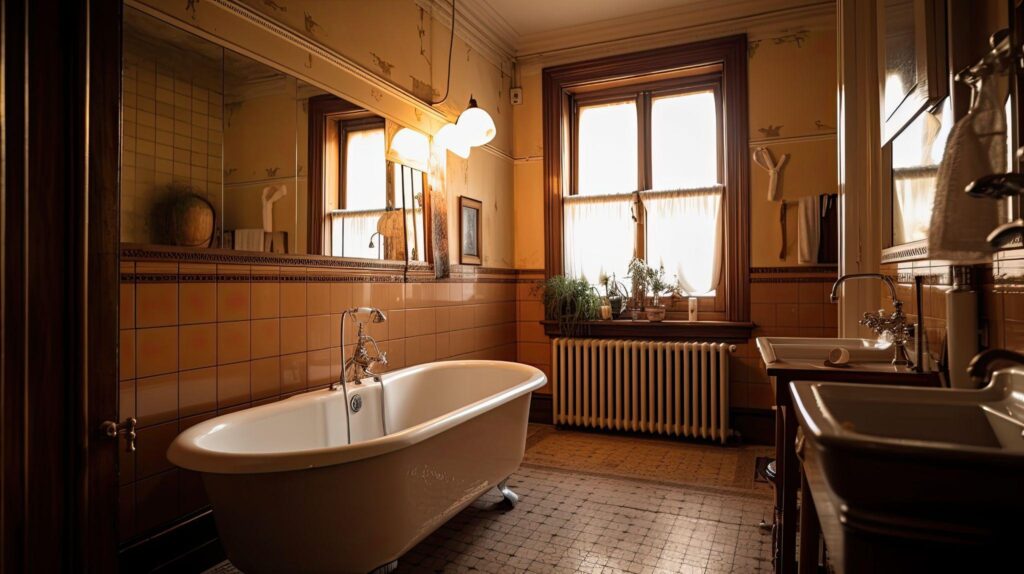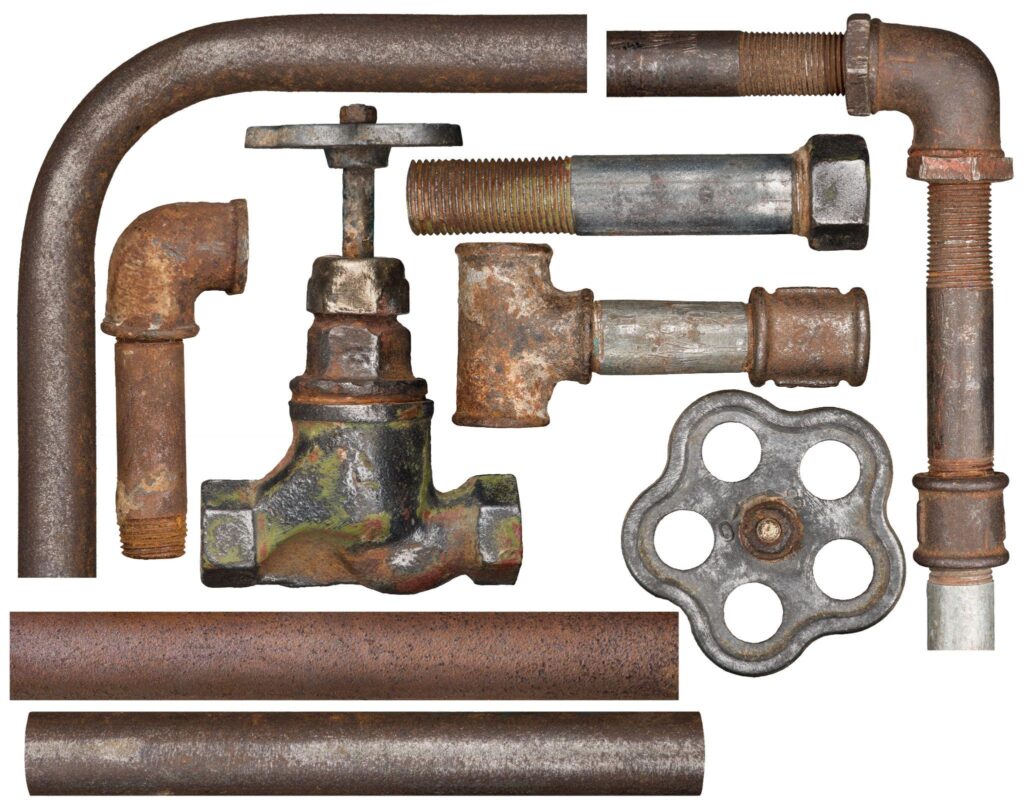As a professional plumber working in New York, you’re likely to encounter a variety of challenges when it comes to servicing historic buildings. These structures, rich with architectural heritage and character, often have unique plumbing systems that require specialized knowledge and techniques to maintain and repair. In this plumbing blog post, we’ll delve into the most common plumbing issues faced by professionals working in older buildings and discuss how to address them effectively.
⚠️ Remember, it’s essential to consult with local ordinances and codes before undertaking any plumbing work in historic buildings.
 1. Aging and Deteriorating Pipes
1. Aging and Deteriorating Pipes
One of the most common issues in historic buildings is the aging and deterioration of plumbing pipes. Over time, materials like galvanized steel, lead, and cast iron can corrode, leading to leaks, restricted water flow, and even pipe bursts. To address this issue, it’s crucial to inspect and replace damaged pipes with modern alternatives such as copper.
2. Outdated Plumbing Fixture
Historic buildings often come with outdated plumbing fixtures that can be inefficient and prone to leaks. These fixtures may not meet current water conservation standards and can lead to higher utility bills. As a professional plumber, it’s essential to update these fixtures with modern, high-efficiency alternatives that comply with local regulations and codes.
3. Inadequate Venting and Drainage
Older plumbing systems may have inadequate venting and drainage, leading to slow drains, sewer gas odors, and other issues. To improve venting and drainage in historic buildings, a plumber may need to add or modify vent stacks, install air admittance valves, or replace undersized drain pipes with larger, more efficient alternatives.
4. Lead and Asbestos Exposure
Historic buildings often have plumbing systems that contain lead and asbestos materials, posing health risks to occupants. It’s crucial to identify these materials and replace them with safer alternatives, such as copper piping. Additionally, take necessary precautions when working with these hazardous materials to ensure the safety of both yourself and the building’s occupants.
5. Incompatibility with Modern Appliances
The plumbing systems in historic buildings may not be compatible with modern appliances, such as dishwashers and washing machines. These appliances require specific water pressure and drainage systems, which can be challenging to retrofit into older buildings. As a professional plumber, it’s important to assess the existing plumbing infrastructure and make any necessary adjustments to accommodate modern appliances.
 6. Preservation and Aesthetics
6. Preservation and Aesthetics
When working in historic buildings, it’s vital to maintain the architectural integrity and aesthetics of the structure. This may involve preserving original fixtures or sourcing period-appropriate replacements. Be mindful of the building’s history and work closely with preservationists to ensure that any changes to the plumbing system align with the building’s architectural heritage.
In conclusion, working in historic buildings presents unique plumbing challenges for professional plumbers. By understanding the most common issues and developing effective solutions, you can ensure that these treasured structures remain functional and safe for generations to come.
For more information on plumbing in historic buildings or to find the best plumbing supplies and tools for your next project, speak with a Victoria Plumbing and Heating Supply specialist today.


